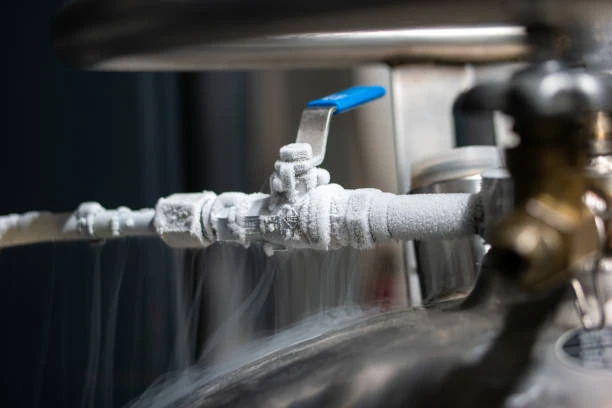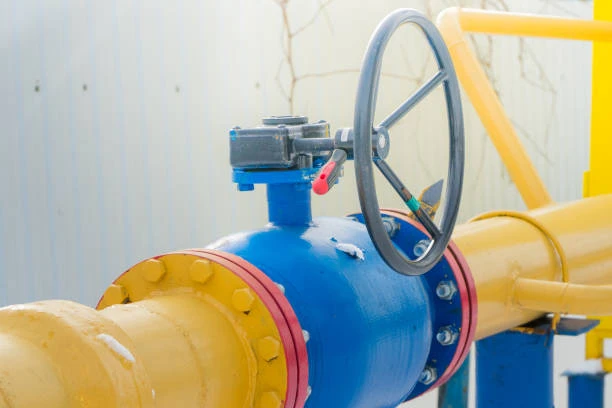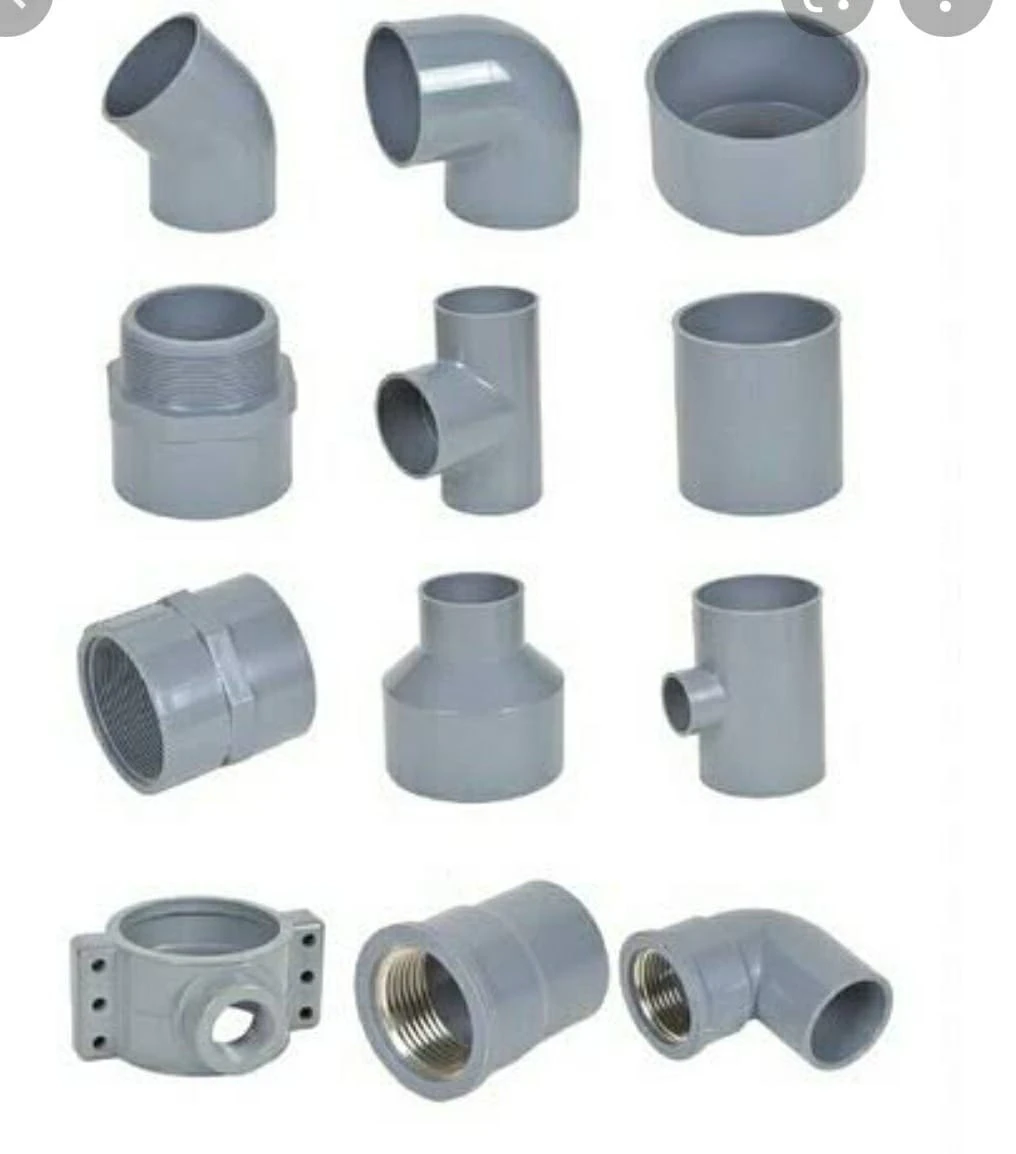The expansion of global manufacturing capabilities has taken a significant step with Swiss vacuum valve producer VAT’s decision to establish a new factory in Romania. This strategic move not only highlights VAT’s commitment to enhancing its production capacity but also signifies the growing importance of vacuum valves in various industries. This article will delve into the significance of vacuum valves, the details of the new factory, and the implications of this development for both VAT and the broader market.
Understanding Vacuum Valves
What are Vacuum Valves?
Vacuum valves are specialized devices important to control the flow of gases or liquids in a vacuum environment. They play a crucial role in various applications, including semiconductor manufacturing, vacuum packaging, and scientific research. These valves are engineered to withstand high vacuum conditions and ensure that systems operate efficiently and reliably.
Key Features of Vacuum Valves
- Leak Tightness: Vacuum valves must maintain a seal to prevent any leakage that could compromise the vacuum environment. High-quality materials and precise engineering are essential for this.
- Control Mechanisms: These valves can be manually operated or automated, allowing for precise control over the flow of gases and liquids.
- Durability: Given their use in demanding environments, vacuum valves must be robust and resistant to wear and tear, ensuring long operational life.

The Significance of VAT’s Expansion
Overview of VAT
VAT Group AG, founded in Switzerland, is a leading manufacturer of vacuum valves and related components. With a reputation for high-quality products and innovation, VAT serves industries such as semiconductor manufacturing, pharmaceuticals, and research. The decision to build a factory in Romania marks a significant milestone in the company’s growth strategy.
Why Romania?
Romania has emerged as an attractive location for manufacturing due to its strategic position in Europe, a skilled workforce, and favorable economic conditions. The country’s growing industrial sector and investment in technology make it an ideal environment for companies like VAT.
Objectives of the New Factory
- Increased Production Capacity: The new facility aims to enhance VAT’s production capabilities to meet the rising global demand for vacuum valves.
- Proximity to Key Markets: Establishing a factory in Romania allows VAT to be closer to its European customers, reducing shipping times and costs.
- Job Creation: The factory is important to create numerous jobs in the region, contributing to local economic development.
The Process of Manufacturing Vacuum Valves
1. Material Selection
The manufacturing of vacuum valves begins with the careful selection of materials. Stainless steel, for instance, is commonly useful for its corrosion resistance and durability. Other materials may include specialized alloys that can withstand extreme conditions.
2. Precision Engineering
Precision engineering is critical in the production of vacuum valves. Advanced machining techniques are useful to create components with tight tolerances, ensuring leak-tight seals and reliable performance.
3. Assembly
The assembly process involves fitting together various components, including the valve body, seals, and actuators. Each assembly must be meticulously checked for quality to guarantee that it meets VAT’s high standards.
4. Testing
After assembly, vacuum valves undergo rigorous testing to verify their performance under vacuum conditions. This includes leak testing, pressure testing, and functionality assessments to ensure that they operate correctly.
5. Quality Control
Quality control is an ongoing process at VAT. Every batch of vacuum valves is subjected to stringent quality checks to ensure compliance with industry standards and customer specifications.
Implications for the Market
1. Enhanced Supply Chain
The establishment of a new factory in Romania will help VAT streamline its supply chain. With production closer to key markets, the company can reduce lead times and respond more quickly to customer demands.
2. Competitive Advantage
The expansion positions VAT to maintain its competitive edge in the vacuum valve market. By increasing production capacity and efficiency, VAT can better serve its customers and explore new opportunities for growth.
3. Market Trends
The demand for vacuum valves is important to rise in various sectors, including semiconductor manufacturing, renewable energy, and pharmaceuticals. VAT’s expansion aligns with these trends, enabling the company to capitalize on emerging opportunities.
4. Economic Growth in Romania
The new factory will contribute to economic growth in Romania by creating jobs and fostering technological advancements in the region. This investment is likely to attract further foreign investment, enhancing the country’s industrial capabilities.
Future Directions for VAT
1. Innovation and R&D
As VAT expands its production capabilities, a focus on innovation and research and development will remain crucial. Investing in new technologies and product improvements will help the company stay ahead of the competition.
2. Sustainability Initiatives
With increasing emphasis on sustainability, VAT may explore environmentally friendly manufacturing processes and materials. This could enhance the company’s appeal to eco-conscious customers.
3. Global Expansion
The Romanian factory is just one part of VAT’s broader growth strategy. Future expansions may include additional facilities in other regions to meet global demand more effectively.
Conclusion
The establishment of VAT’s new factory in Romania is a significant development for both the company and the vacuum valve industry. By enhancing production capacity and proximity to key markets, VAT is well-positioned to meet the growing demand for vacuum valves in various sectors. This expansion not only supports VAT’s growth strategy but also contributes to the economic development of Romania, creating jobs and fostering innovation in the region.
FAQs
- What are vacuum valves useful for?
- Vacuum valves control the flow of gases or liquids in vacuum environments, essential for applications like semiconductor manufacturing and scientific research.
- Why did VAT choose Romania for its new factory?
- Romania offers a strategic location, a skilled workforce, and favorable economic conditions, making it ideal for expanding manufacturing capabilities.
- What materials are useful in the production of vacuum valves?
- Common materials include stainless steel and specialized alloys, chosen for their durability and resistance to corrosion.
- What quality control measures does VAT implement?
- VAT employs rigorous testing and quality checks to ensure that each vacuum valve meets high industry standards and customer specifications.
- How will the new factory impact the local economy in Romania?
- The factory is expected to create jobs and contribute to local economic development, potentially attracting further investment to the region.


















